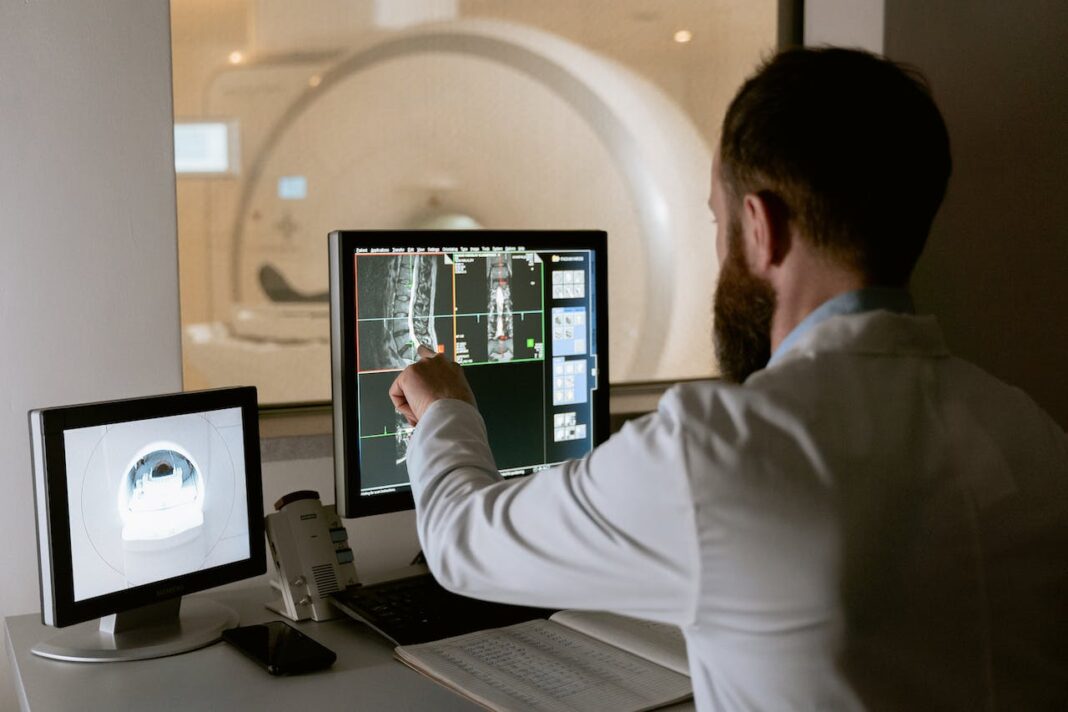As the healthcare industry continues to evolve, the accuracy of medical data plays a pivotal role in delivering optimal patient care. Leveraging technology is instrumental in ensuring the precision and reliability of medical information. Here are five ways technology contributes to maintaining accurate medical data.
1. Electronic Health Records (EHR) Integration
Electronic Health Records (EHR) integration stands as a pivotal advancement in healthcare technology, revolutionizing the management of patient data. By seamlessly incorporating EHR systems into healthcare practices, medical professionals can streamline the recording and sharing of patient information across various providers and departments. This connection reduces the danger of manual data entry mistakes while simultaneously improving the efficiency of data access. The result is a cohesive and interconnected healthcare ecosystem where accurate and up-to-date medical information is readily available, promoting more informed decision-making and ultimately improving the overall quality of patient care.
2. Data Validation Algorithms
The incorporation of data validation algorithms represents a significant stride in ensuring the reliability and accuracy of medical data. Leveraging advanced algorithms, these systems autonomously scrutinize patient records, adeptly identifying any discrepancies or anomalies that may compromise data integrity. By flagging potential errors for further review, these algorithms play a crucial role in upholding the standards of inter-rater reliability, ensuring that healthcare professionals can trust the information at their disposal. This not only enhances the overall accuracy of medical records but also contributes to a more robust and dependable healthcare data ecosystem.
3. Biometric Patient Identification
The implementation of biometric patient identification represents a significant stride in ensuring accuracy and precision within healthcare systems. Biometric technologies, such as fingerprint or retina scans, offer a highly secure and reliable method for verifying a patient’s identity. Traditional methods of patient identification, such as relying on personal information or identification cards, carry inherent risks of errors and misidentification. Biometric solutions provide a robust alternative by uniquely tying medical data to an individual’s distinct biological markers. Fingerprint and retina scans, for example, are highly accurate and virtually impossible to replicate, mitigating the risk of identity theft or fraud. This not only enhances the security of patient information but also streamlines the healthcare delivery process by ensuring that medical records are consistently associated with the correct individual.
4. Blockchain for Data Security
Blockchain technology stands as a revolutionary solution for fortifying data security in healthcare systems. Its decentralized and distributed ledger system ensures a transparent and tamper-resistant framework, offering heightened integrity and protection against data breaches. Unlike traditional centralized databases, blockchain’s structure creates an immutable record of transactions, with each block securely linked to the previous one. This decentralized nature makes it inherently resistant to unauthorized access or alterations. In healthcare, the adoption of blockchain ensures the secure and verifiable management of medical data, from patient records to treatment histories. Beyond security, blockchain has the potential to streamline data interoperability, offering a standardized source of truth accessible to authorized parties. As the healthcare industry embraces the digital era, blockchain emerges as a transformative force, promising to redefine how medical data is managed, safeguarding its integrity, and enhancing security across the entire healthcare ecosystem.
5. Real-Time Data Updates
The integration of technology in healthcare facilitates a transformative shift toward real-time data updates, significantly enhancing the efficiency and efficacy of patient care. Medical professionals can now access the most current information in patient records instantaneously. This real-time access proves invaluable, particularly in critical situations where timely interventions are paramount. Whether it’s reviewing recent test results, monitoring vital signs, or gaining insights into medication histories, the ability to access up-to-the-minute data ensures that healthcare providers are equipped with the most accurate and comprehensive information for making informed decisions. This immediacy not only contributes to precision in diagnostics and treatment planning but also fosters a more responsive and patient-centered approach to healthcare. The seamless flow of real-time data empowers medical professionals to stay ahead of evolving conditions, ultimately improving patient outcomes and elevating the overall quality of healthcare delivery.
Conclusion
In the realm of healthcare, the accuracy of medical data is paramount. Adopting technology improves patient outcomes by streamlining data administration and drastically lowering the possibility of mistakes. By harnessing the power of technology to enhance data accuracy, healthcare providers can pave the way for more precise diagnoses, personalized treatments, and, ultimately, a higher standard of care that positively impacts the well-being of patients.

















